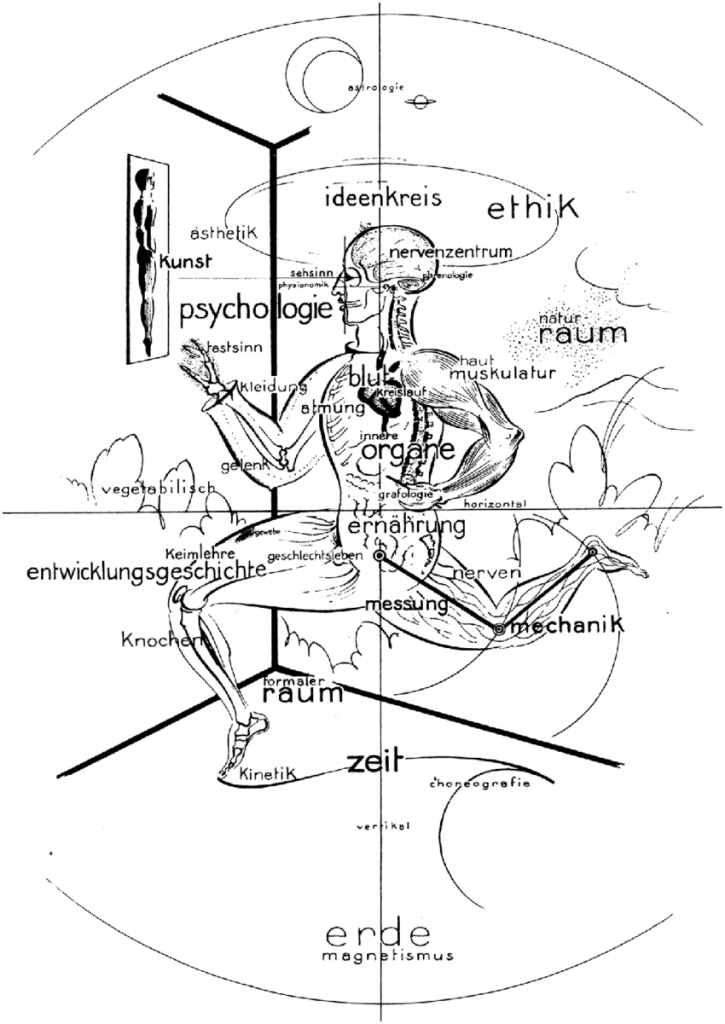
bibliography:
Bateson P., Play, Playfulness, Creativity and Innovation, Cambridge University Press, 2013.
Bakkalis M. B. ,The Stanislavski System of Acting: An adult education learning methodology, Northern Illinois University ProQuest Dissertations Publishing, 2001. [oline access: https://www.proquest.com/openview/0c6f4dbd1380363c23a5d01680c8578f/1?pq-origsite=gscholar&cbl=18750&diss=y, 12.01.2023].
David K., Experiential Learning: Experience As The Source Of Learning And Development, Prentice-Hall, 1984.
Salama Ashraf M., Spatial Design Education. New Directions for Pedagogy in Architecture and Beyond, Ashgate Publishing, 2015.
Schmitt N. C., ”Stanislavski, Creativity, and the Unconscious” in: New Theatre Quarterly, Volume 2, Issue 8, 1986.
Steiner R., The Education of the Child, Anthroposophic Press, 1996.
Wick Rainer K.,Teaching at the Bauhaus, Hatje Catz, 2000.
Zeisel Eva, On Design, The Magic Language of Things, 2004.
Forbes, L. K. & Craven, C., ”15 play experts’ vision for a more playful future” in:
The Journal of Play in Adulthood, 5(2), 20-32, 2023.
Piaget J., Play, Dreams and Imitation in Childhood,
Van Vleet M. and Feeney Brooke C., Play Behavior and Playfulness in Adulthood, Carnegie Mellon University, 2015.
online resources:
Journal of Play in Adulthood, https://www.journalofplayinadulthood.org.uk/
videos:
The Importance of Play in Education – David Groth, 2014
David Groth is an educator, adventurer, and heloves to play. His TEDXCoeurdAlene talk uses juggling, photos, personal description and the insights from decades of teaching experience to show the power of play for learning. If you have ever wondered how school could be different and wanted a primer about how to do it – this talk is for you.
Aundrey van der Meer – 2017
drawing vs typing – importance of using analogue tools while playing and embodying atmospheres
Professors Audrey van der Meer and Ruud van der Weel from the University of Norway in 2017 asked this question, “Are different parts of the brain active when we type on a keyboard as opposed to when we draw visual images on a tablet?”